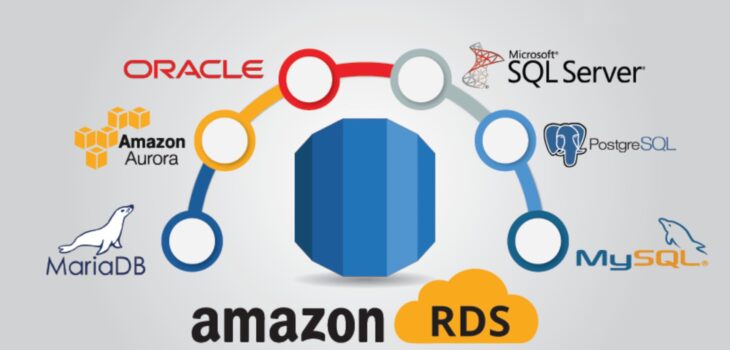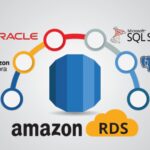AWS RDS Database Setup: A Comprehensive Guide
Amazon Relational Database Service (RDS) is a managed database service that makes it easy to set up, operate, and scale a relational database in the cloud. RDS supports a variety of popular database engines, including MySQL, PostgreSQL, MariaDB, Oracle Database, and SQL Server.
Creating an RDS Database Instance
To create an RDS database instance, you can use the AWS Management Console, the RDS API, or the AWS CLI. The following steps outline the process of creating an RDS database instance using the AWS Management Console:
- Sign in to the AWS Management Console and navigate to the RDS service.
- Click on the “Create DB Instance” button.
- Select the database engine that you want to use.
- Provide a name for your DB instance.
- Specify the instance class, which determines the compute resources allocated to your DB instance.
- Choose the storage type for your DB instance.
- Configure network settings for your DB instance.
- Set up authentication for your DB instance.
- Review your settings and click on the “Create DB Instance” button.
Connecting to an RDS Database Instance
Once your RDS database instance is created, you can connect to it using a variety of tools and clients. The following steps outline the process of connecting to an RDS database instance using the AWS CLI:
- Install the AWS CLI on your local machine.
- Obtain the endpoint of your RDS database instance.
- Use the following AWS CLI command to connect to your RDS database instance:
aws rds execute-db-query --db-instance-identifier my-db-instance-identifier --query "SELECT 1"
Managing an RDS Database Instance
RDS provides a variety of features for managing your database instances, including:
- Scaling: You can easily increase or decrease the compute resources allocated to your DB instance.
- Backups: RDS automatically takes backups of your DB instances. You can also create and restore backups manually.
- Monitoring: RDS provides monitoring metrics for your DB instances, such as CPU utilization, memory usage, and I/O throughput.
- Security: RDS provides a variety of security features, such as VPC security groups, IAM access control, and encryption.
Benefits of Using AWS RDS
There are many benefits to using AWS RDS for your database needs, including:
- Reduced administrative overhead: RDS is a managed service, so you don’t have to worry about the day-to-day tasks of provisioning, configuring, and maintaining your database server.
- Scalability: RDS makes it easy to scale your database up or down as your needs change.
- High availability: RDS provides high availability features, such as automatic failover and multi-AZ deployments, to ensure that your database is always available.
- Cost-effectiveness: RDS is a cost-effective way to run your database in the cloud. You only pay for the resources that you use.
Conclusion
AWS RDS is a powerful and easy-to-use service for setting up, operating, and scaling a relational database in the cloud. RDS provides a variety of features to make it easy to manage your database, including scaling, backups, monitoring, and security. If you are looking for a reliable and cost-effective way to run your database in the cloud, then AWS RDS is a great option.





